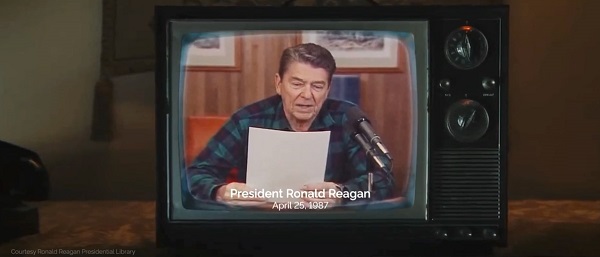Addictions
B.C. mayors voice discontent over province’s response to drug crisis
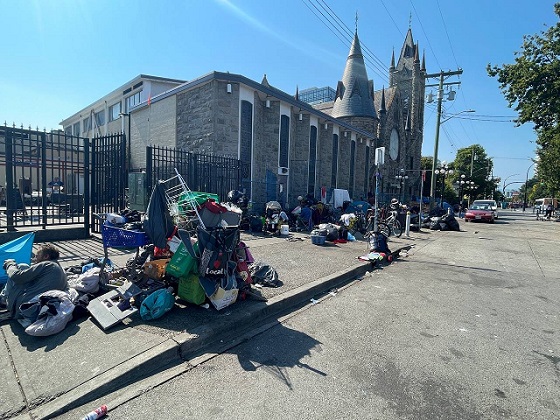
The street outside the Harbour Supervised Consumption Service in Victoria, B.C., on Sept. 6, 2024. (Photo credit: Alexandra Keeler)
By Alexandra Keeler
A number of B.C. mayors say the province’s drug decriminalization project has been a failure — and they are not confident involuntary care will address the problem
Many B.C. mayors are unhappy with the province’s handling of the drug crisis, saying it is failing their communities.
“I don’t think [the province’s] approach was very well thought out,” said Mayor Brad West of Port Coquitlam, a city of 61,000 that is a half-hour’s drive east of Vancouver.
“They announced, seemingly pretty quickly, that the province was going to pursue decriminalization, and there didn’t seem to be a lot of public discourse or consultation in the lead up to it,” he said.
“It was just kind of like, ‘Bam! Here it is.’”
West’s comments were echoed by other municipal leaders, who also say the province’s harm-reduction and treatment services are under-resourced, leaving them ill-equipped to help community members who are struggling.
‘Can’t do anything’
West says he and Port Coquitlam’s constituents observed an immediate increase in public drug use after the province launched a three-year, trial decriminalization project in January 2023.
The project initially enabled residents to use otherwise illicit drugs — such as fentanyl, heroin and cocaine — in most parts of the province, although it prohibited drug use on school premises or near child-care facilities.
Yet, West says drug use in parks and playgrounds was a major issue in his community.
“What [decriminalization] meant in a place like Port Coquitlam is that when you did have an incident that required a police response, none was forthcoming anymore,” he said. “[Police] would tell you, ‘Well, we can’t do anything. We’re not allowed to.’”
In June 2023, Port Coquitlam responded by passing a bylaw, introduced by West, that banned drug use in public spaces. Other B.C. municipalities — including Nelson, Kamloops and Campbell River — soon followed suit.
In December, B.C. tried to pass a law enabling police to remove people from public spaces if they were using drugs. But a B.C. court temporarily blocked it, citing risks to drug users.
The province then sought approval from Ottawa to re-criminalize public drug use, which it obtained this spring. Now, hard drug use is only permitted in private residences, legal shelters or harm-reduction clinics.
Subscribe for free to get BTN’s latest news and analysis, or donate to our journalism fund.
Wait times
West says he has also been frustrated with the province’s harm-reduction facilities, which he describes as “poorly staffed” and “under-resourced.” These facilities often fail to connect individuals to necessary resources or recovery programs, he says.
West has witnessed some of these problems up close. His stepbrother battled addiction and homelessness before finding recovery.
“The biggest barrier that I think he encountered — and most people encounter in terms of recovery — is the wait times,” he said.
The wait time to get into B.C.’s private addiction rehab centres is about three to seven days. But the cost — ranging from $10,000 to $30,000 a month — is out of reach for many.
By contrast, the wait time to get into government-funded programs is about three to six months.
In addition to advocating for more accessible recovery services, West emphasizes the need for stronger enforcement at docks, ports and borders to combat drug trafficking.
“Our ports of entry, our border, the port itself, are completely porous,” he said. “We have no dedicated port police — one of the few jurisdictions that doesn’t. And as a result, Metro Vancouver has become an epicentre for drug trafficking.”
In May 2023, he was the sole Canadian mayor invited by US Secretary of State Antony Blinken to discuss the issue with other mayors. “We have weak [drug] laws … This is why I think we’ve become a global hub for [drug trafficking],” he said.
Brain damage
The BC NDP and BC Conservatives have both recently pledged to introduce involuntary care, which would enable the province to admit people with addiction challenges, brain injuries and mental-health issues into treatment facilities without their consent.
Mayor Leonard Krog of Nanaimo, a coastal city of about 100,000 on the east side of Vancouver Island, has long advocated for involuntary care.
 |
Nanaimo Mayor Leonard Krog sits in his office at Nanaimo City Hall on Sept. 4, 2024. (Photo credit: Alexandra Keeler)
Krog notes that a significant segment of the homeless population has suffered brain damage, which can exacerbate efforts to help them. A 2020 report by Brain Injury Canada says about 50 per cent of people experiencing homelessness have some form of brain injury.
Krog does not believe people with brain injuries and addiction issues are likely to seek treatment on their own. “Those folks should be in secure, involuntary care,” he said.
But he is not optimistic that NDP’s involuntary care proposal will address the full scope of the issue.
“[I]n terms of numbers, my strong view is that it will not address the significant population who are currently in the streets.”
Stay alive
Victoria Mayor Marianne Alto believes in providing support to keep people alive until they seek recovery.
“My view of harm reduction is … I’ll give you anything you need to stay alive until you have that epiphany moment,” she said.
But she is concerned that the province has not adopted a comprehensive approach to tackling the drug crisis. The recent proposals to introduce involuntary care have not eased her concerns.
“Involuntary care can be a necessary tool in a complex system,” she said. “But its effectiveness hinges on clear standards. We must ensure that individuals receive not just initial intervention but also ongoing support to prevent their return to the circumstances that led them there.”
“The devil is in the details,” she said.
 |
Victoria Mayor Marianne Alto leans against a railing in downtown Victoria, B.C. , in May 2022. (Marianne Alto’s Facebook)
The B.C. capital has been pursuing additional strategies to tackle the city’s homelessness, addiction and mental health challenges.
For example, a local nonprofit has been working with individuals living in parks to connect them with housing and support. “It’s also very slow, because to be very successful, you have to do it one person at a time, one-on-one. But it’s working,” she said.
But other efforts have met resistance.
City council rejected a motion introduced by Alto that had proposed rewarding churches and cultural centres that offered overnight parking to vehicle-dwelling homeless people. Five council members opposed it, Alto says, citing fears about crime and concerns that the program overstepped their duties.
“There is a genuine fatigue in the public, which is being reflected in municipal councils, saying, ‘How much further, how much longer, how much more?’”
This article was produced through the Breaking Needles Fellowship Program, which provided a grant to Canadian Affairs, a digital media outlet, to fund journalism exploring addiction and crime in Canada. Articles produced through the Fellowship are co-published by Break The Needle and Canadian Affairs.
You’re currently a free subscriber to Break The Needle. Our content is always free – but if you want to help us commission more high-quality journalism, consider getting a voluntary paid subscription.
Addictions
BC premier admits decriminalizing drugs was ‘not the right policy’

From LifeSiteNews
Premier David Eby acknowledged that British Columbia’s liberal policy on hard drugs ‘became was a permissive structure that … resulted in really unhappy consequences.’
The Premier of Canada’s most drug-permissive province admitted that allowing the decriminalization of hard drugs in British Columbia via a federal pilot program was a mistake.
Speaking at a luncheon organized by the Urban Development Institute last week in Vancouver, British Columbia, Premier David Eby said, “I was wrong … it was not the right policy.”
Eby said that allowing hard drug users not to be fined for possession was “not the right policy.
“What it became was a permissive structure that … resulted in really unhappy consequences,” he noted, as captured by Western Standard’s Jarryd Jäger.
LifeSiteNews reported that the British Columbia government decided to stop a so-called “safe supply” free drug program in light of a report revealing many of the hard drugs distributed via pharmacies were resold on the black market.
Last year, the Liberal government was forced to end a three-year drug decriminalizing experiment, the brainchild of former Prime Minister Justin Trudeau’s government, in British Columbia that allowed people to have small amounts of cocaine and other hard drugs. However, public complaints about social disorder went through the roof during the experiment.
This is not the first time that Eby has admitted he was wrong.
Trudeau’s loose drug initiatives were deemed such a disaster in British Columbia that Eby’s government asked Trudeau to re-criminalize narcotic use in public spaces, a request that was granted.
Records show that the Liberal government has spent approximately $820 million from 2017 to 2022 on its Canadian Drugs and Substances Strategy. However, even Canada’s own Department of Health in a 2023 report admitted that the Liberals’ drug program only had “minimal” results.
Official figures show that overdoses went up during the decriminalization trial, with 3,313 deaths over 15 months, compared with 2,843 in the same time frame before drugs were temporarily legalized.
Addictions
Canada must make public order a priority again
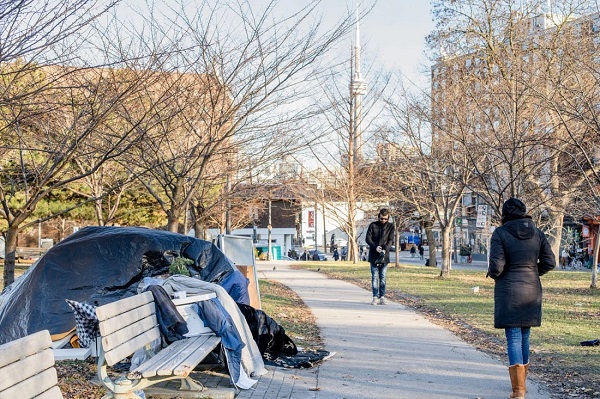
A Toronto park
Public disorder has cities crying out for help. The solution cannot simply be to expand our public institutions’ crisis services
[This editorial was originally published by Canadian Affairs and has been republished with permission]
This week, Canada’s largest public transit system, the Toronto Transit Commission, announced it would be stationing crisis worker teams directly on subway platforms to improve public safety.
Last week, Canada’s largest library, the Toronto Public Library, announced it would be increasing the number of branches that offer crisis and social support services. This builds on a 2023 pilot project between the library and Toronto’s Gerstein Crisis Centre to service people experiencing mental health, substance abuse and other issues.
The move “only made sense,” Amanda French, the manager of social development at Toronto Public Library, told CBC.
Does it, though?
Over the past decade, public institutions — our libraries, parks, transit systems, hospitals and city centres — have steadily increased the resources they devote to servicing the homeless, mentally ill and drug addicted. In many cases, this has come at the expense of serving the groups these spaces were intended to serve.
For some communities, it is all becoming too much.
Recently, some cities have taken the extraordinary step of calling states of emergency over the public disorder in their communities. This September, both Barrie, Ont. and Smithers, B.C. did so, citing the public disorder caused by open drug use, encampments, theft and violence.
In June, Williams Lake, B.C., did the same. It was planning to “bring in an 11 p.m. curfew and was exploring involuntary detention when the province directed an expert task force to enter the city,” The Globe and Mail reported last week.
These cries for help — which Canadian Affairs has also reported on in Toronto, Ottawa and Nanaimo — must be taken seriously. The solution cannot simply be more of the same — to further expand public institutions’ crisis services while neglecting their core purposes and clientele.
Canada must make public order a priority again.
Without public order, Canadians will increasingly cease to patronize the public institutions that make communities welcoming and vibrant. Businesses will increasingly close up shop in city centres. This will accelerate community decline, creating a vicious downward spiral.
We do not pretend to have the answers for how best to restore public order while also addressing the very real needs of individuals struggling with homelessness, mental illness and addiction.
But we can offer a few observations.
First, Canadians must be willing to critically examine our policies.
Harm-reduction policies — which correlate with the rise of public disorder — should be at the top of the list.
The aim of these policies is to reduce the harms associated with drug use, such as overdose or infection. They were intended to be introduced alongside investments in other social supports, such as recovery.
But unlike Portugal, which prioritized treatment alongside harm reduction, Canada failed to make these investments. For this and other reasons, many experts now say our harm-reduction policies are not working.
“Many of my addiction medicine colleagues have stopped prescribing ‘safe supply’ hydromorphone to their patients because of the high rates of diversion … and lack of efficacy in stabilizing the substance use disorder (sometimes worsening it),” Dr. Launette Rieb, a clinical associate professor at the University of British Columbia and addiction medicine specialist recently told Canadian Affairs.
Yet, despite such damning claims, some Canadians remain closed to the possibility that these policies may need to change. Worse, some foster a climate that penalizes dissent.
“Many doctors who initially supported ‘safe supply’ no longer provide it but do not wish to talk about it publicly for fear of reprisals,” Rieb said.
Second, Canadians must look abroad — well beyond the United States — for policy alternatives.
As The Globe and Mail reported in August, Canada and the U.S. have been far harder hit by the drug crisis than European countries.
The article points to a host of potential factors, spanning everything from doctors’ prescribing practices to drug trade flows to drug laws and enforcement.
For example, unlike Canada, most of Europe has not legalized cannabis, the article says. European countries also enforce their drug laws more rigorously.
“According to the UN, Europe arrests, prosecutes and convicts people for drug-related offences at a much higher rate than that of the Americas,” it says.
Addiction treatment rates also vary.
“According to the latest data from the UN, 28 per cent of people with drug use disorders in Europe received treatment. In contrast, only 9 per cent of those with drug use disorders in the Americas received treatment.”
And then there is harm reduction. No other country went “whole hog” on harm reduction the way Canada did, one professor told The Globe.
If we want public order, we should look to the countries that are orderly and identify what makes them different — in a good way.
There is no shame in copying good policies. There should be shame in sticking with failed ones due to ideology.
Our content is always free – but if you want to help us commission more high-quality journalism,
consider getting a voluntary paid subscription.
-
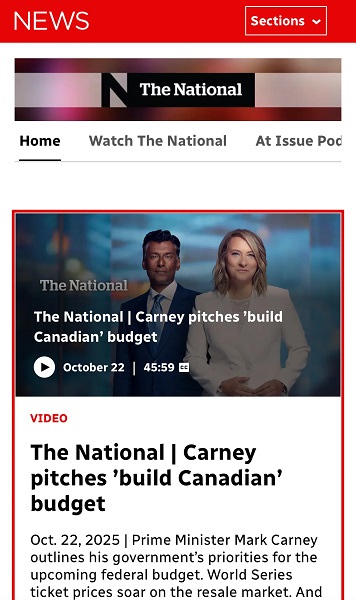
 Media2 days ago
Media2 days agoCarney speech highlights how easily newsrooms are played by politicians announcing the same things over and over again
-
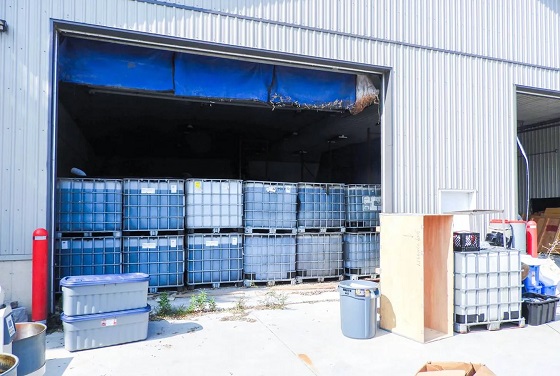
 Crime2 days ago
Crime2 days agoRCMP Bust Industrial-Scale Superlab Outside Toronto
-

 Business16 hours ago
Business16 hours agoThe painful return of food inflation exposes Canada’s trade failures
-
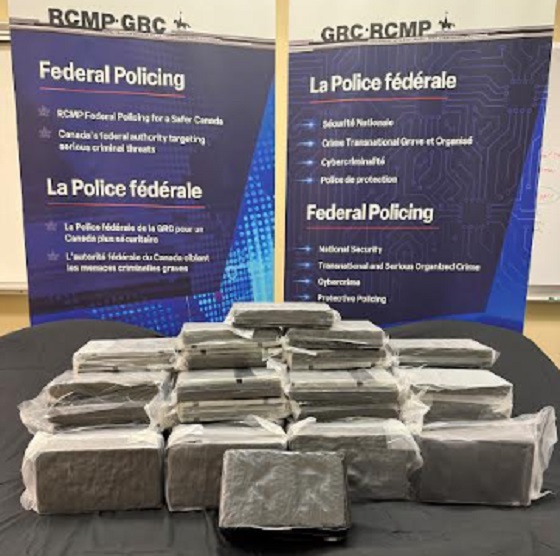
 Alberta17 hours ago
Alberta17 hours agoCoutts border officers seize 77 KG of cocaine in commercial truck entering Canada – Street value of $7 Million
-

 Opinion2 days ago
Opinion2 days agoCarry-On Carney And The Trials Of Brian Peckford
-

 Sports1 day ago
Sports1 day agoWhile Ohtani marches into MLB history, Nippon league’s shame lingers
-

 Health2 days ago
Health2 days agoDMSO Heals the Eyes and Transforms Ophthalmology
-

 Opinion2 days ago
Opinion2 days agoA Nation of Announcements: Canada’s Government of Empty Promises





